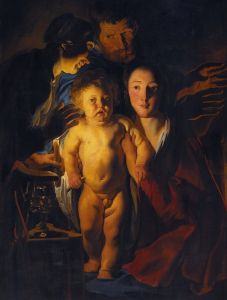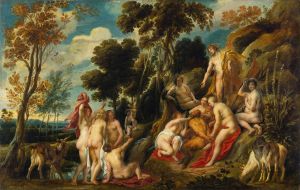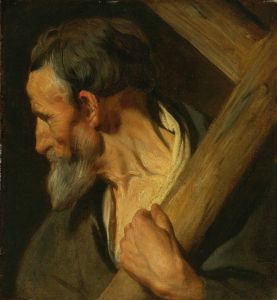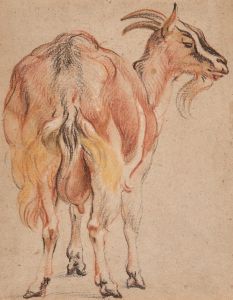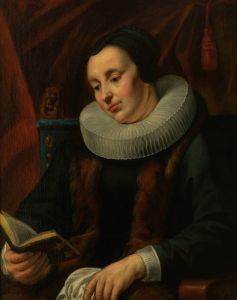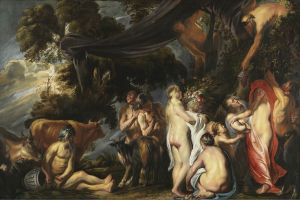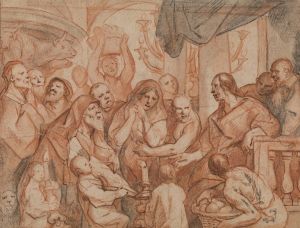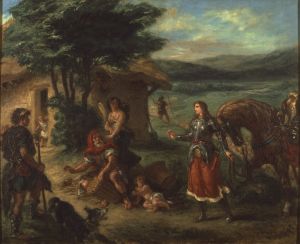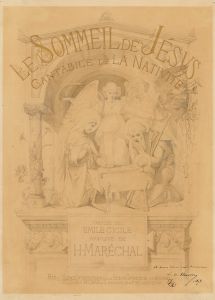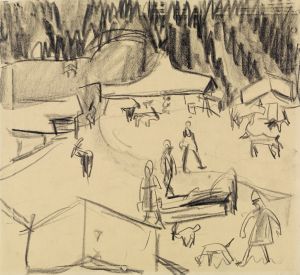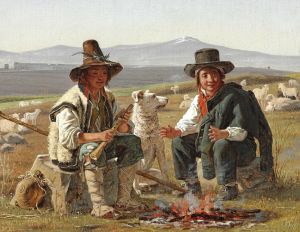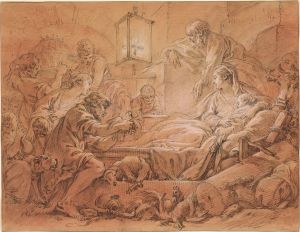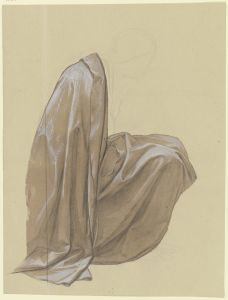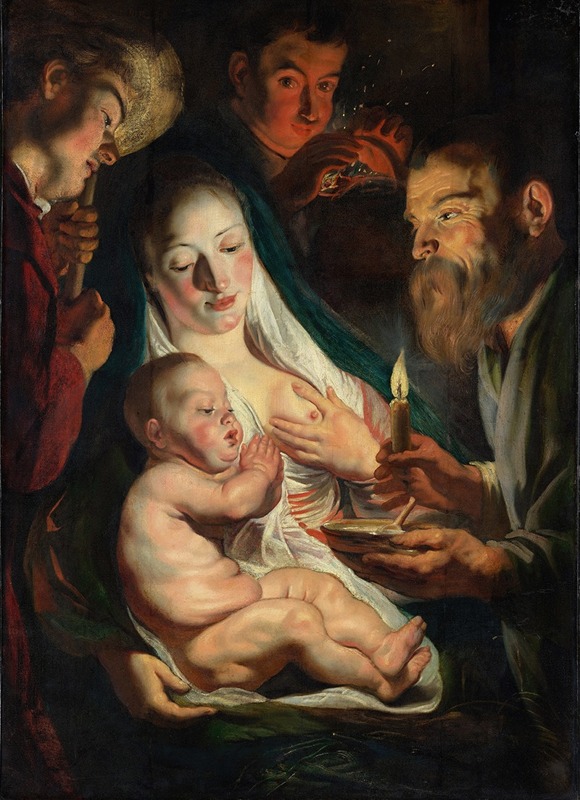
The Holy Family with Shepherds
A hand-painted replica of Jacob Jordaens’s masterpiece The Holy Family with Shepherds, meticulously crafted by professional artists to capture the true essence of the original. Each piece is created with museum-quality canvas and rare mineral pigments, carefully painted by experienced artists with delicate brushstrokes and rich, layered colors to perfectly recreate the texture of the original artwork. Unlike machine-printed reproductions, this hand-painted version brings the painting to life, infused with the artist’s emotions and skill in every stroke. Whether for personal collection or home decoration, it instantly elevates the artistic atmosphere of any space.
"The Holy Family with Shepherds" is a painting by the Flemish Baroque artist Jacob Jordaens. Created around 1616-1618, this work is an exemplary piece of Jordaens' early career, showcasing his skill in depicting religious themes with a dynamic and vivid approach. Jordaens, who was born in Antwerp in 1593 and died in the same city in 1678, was a prominent figure in the Flemish Baroque movement, known for his robust and lively compositions.
The painting portrays the Holy Family—Mary, Joseph, and the infant Jesus—surrounded by shepherds who have come to pay homage to the newborn Christ. This scene is a common subject in Christian art, often referred to as the Adoration of the Shepherds. Jordaens' interpretation is notable for its warm, earthy palette and the naturalism with which he renders the figures. The expressions and gestures of the shepherds convey a sense of awe and reverence, while the Holy Family is depicted with a serene and tender demeanor.
Jordaens was a contemporary of Peter Paul Rubens and Anthony van Dyck, and his work was heavily influenced by these masters. However, Jordaens developed his own distinctive style, characterized by a more robust and less idealized approach compared to Rubens' classical elegance. In "The Holy Family with Shepherds," this can be seen in the realistic portrayal of the shepherds, who are depicted with rugged features and humble attire, emphasizing their status as common folk.
The composition of the painting is carefully balanced, with the figures arranged in a pyramidal structure that draws the viewer's eye towards the central figure of the infant Jesus. The use of light and shadow is masterful, creating a dramatic contrast that highlights the divine nature of the scene. The warm, glowing light that bathes the Holy Family and the shepherds enhances the sense of intimacy and immediacy, inviting the viewer to share in the moment of adoration.
Jordaens' use of color is also noteworthy. The rich, warm tones of the clothing and the earthy hues of the background create a harmonious and cohesive composition. The artist's attention to detail is evident in the textures of the fabrics and the realistic depiction of the shepherds' weathered faces and hands.
"The Holy Family with Shepherds" is housed in the Museo del Prado in Madrid, Spain. The painting is part of the museum's extensive collection of Flemish Baroque art, which includes works by other prominent artists of the period. The Prado's collection provides a comprehensive overview of the artistic achievements of the Flemish Baroque, and Jordaens' painting is a significant example of this rich artistic tradition.
In summary, "The Holy Family with Shepherds" by Jacob Jordaens is a masterful depiction of a classic biblical scene, rendered with the artist's characteristic warmth and naturalism. The painting exemplifies Jordaens' ability to convey deep emotion and humanity through his art, making it a valuable and cherished piece in the history of Flemish Baroque painting.





